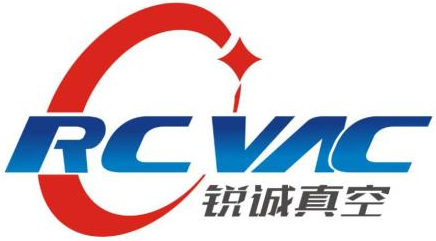Economic development is one of the core factors in selecting leak detection methods. It is easy to consider the rationality of leak detection methods alone, but it is difficult to comprehensively assess the rationality of leak detection methods from various aspects such as leak detection regulations and production manufacturing regulations. There are several key reasons that could jeopardize this accurate decision. The most important key factor is the leakage standard, while other elements include testing work pressure, workpiece specifications/volume, workpiece raw materials, testing natural environment, and manufacturing speed.
Work pressure loss and gas flow testing
The method for measuring changes in working pressure is to use a liquid level sensor, differential pressure sensor, or flow meter to accurately measure the pressure changes. Changes in working pressure are caused by changes in gas volume in the testing module. The testing of work pressure loss and gas flow leakage is conducted during the testing cycle time, and the most commonly used leakage testing is immediately dependent on the reliability of the workpiece temperature and volume. This method is based on the ideal gas method (PV=nRT). During the testing period, slight changes in the temperature and/or volume of the workpiece may result in unsatisfactory testing that is inconsistent with the workpiece volume, leakage rate, and time period. To meet the testing requirements, the difference in working pressure or total flow rate between the qualified and unqualified workpieces must significantly exceed the hazards of temperature or volume changes (temperature and volume changes are affected). Mastering and manipulating these changes is beneficial for achieving better socio-economic benefits.
Tracer vapor testing
Ultimately, a robust testing system software is crucial for long-term cost savings. In the production process, it can eliminate effective independent variables and achieve reliable testing results. Clear and appropriate leakage rate standards are usually selected for automated testing methods to ensure the consistency of individual test results for operators. The commonly used methods are work pressure loss, gas pressure, and gas flow rate, as they can provide economic development based on/unsuccessful results. When the leakage rate is increasingly limited, the testing method of tracer gas should be applied.
Detecting changes in tracer gas concentration values of low-voltage test workpieces using tracer gas method. Typical tracer liquids are gas, helium, hydrogen, cold coal, or SF6 vapor. Other methods are manual and carefully observed, such as foam test. Alternatively, one can use tracer gas analyzers with just one click, such as helium accumulation sensors, helium mass spectrometry or residual gas analyzers, vacuum pump test rolls. This method is also not affected by temperature or volume changes, as they are separate from the fundamental laws of ideal gases.
Overall, select the testing method that brings the most economical development solution to meet the leakage rate requirements. Subsequently, the production process is evaluated to clarify the hazards of testing work pressure, workpiece size, production efficiency, workpiece raw material structure, and temperature on the testing method, and to determine whether sufficient manipulation can be carried out to achieve satisfactory production and manufacturing test results. If the initial selection is based on changes in work pressure that cannot be manipulated or overcome unfavorable conditions, then it is necessary to consider the method of selecting tracer gases, which may require additional capital expenditures.
It is incorrect to believe that there should be no leakage of workpieces. Due to the leakage of everything. Leakage testing indicates that a manufactured part will not allow specific liquids (liquid or vapor) to overflow or infiltrate into a workpiece. The goal is to demonstrate an effective and detectable leakage rate, clarifying that the workpiece will no longer function according to its design scheme, in order to meet the requirements of end users.
Due to the viscosity, surface tension, safety channel length, and safety channel diameter of liquids, liquids cannot be classified into a safety channel, while gases or nitrogen can. A specific effective leakage rate is important as it poses an immediate threat to the cost and testing time of the testing system software. The footnote is a leakage rate detection range for typical technical evaluations in the work environment.


 首页
首页 核心产品
核心产品 电话咨询
电话咨询 技术团队
技术团队